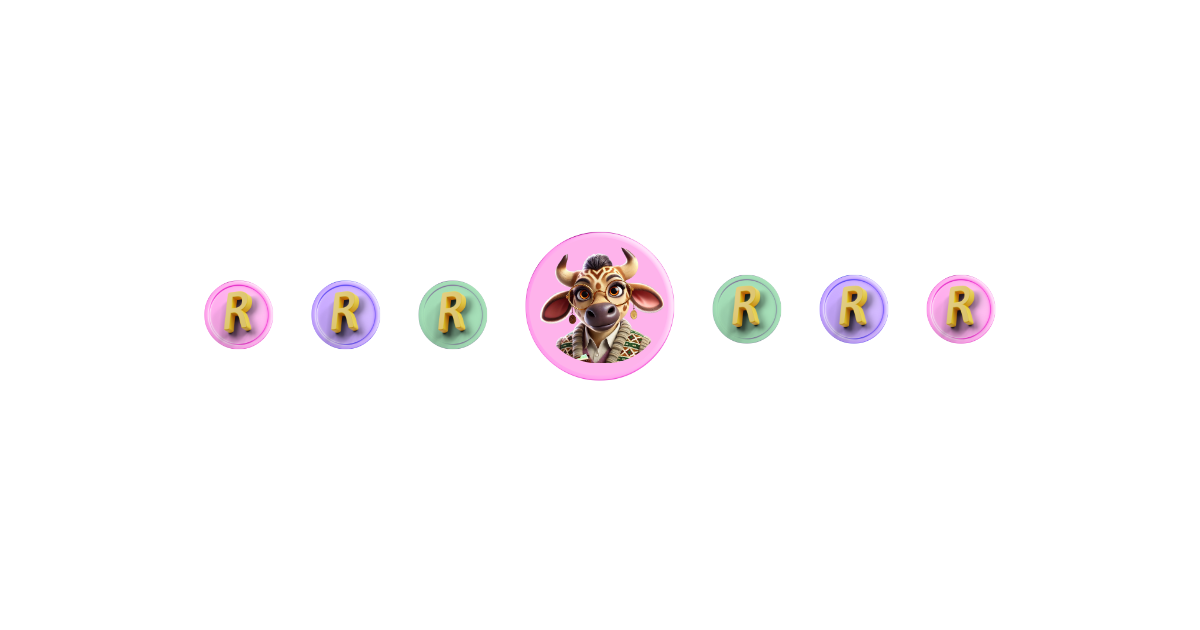

Help your child grow a generous heart. Explore mindset, habits, and a free printable to teach kids about sharing and giving in a joyful, practical way
Teaching generosity can feel like a big ask when you’ve got a toddler who won’t even share their favourite dinosaur. But giving (just like saving or spending), is a habit that can be learned.
And when we teach kids to share with others and to give from a young age, we’re shaping how our kids see the world, and their place in it.
In this article, we’ll look at how to cultivate a mindset of generosity, build it into everyday habits, and offer your child a practical, joyful way to start giving.
Let’s dive in.
1. A Mindset to Cultivate
Giving isn’t losing.
Most kids don’t naturally associate giving with gain. And to be fair, many adults don’t either. But generosity is about growing something: compassion, agency, joy.
That joy is real, and it starts young. In one study, toddlers were visibly more joyful when giving away their treats than when receiving them. That happiness boost isn’t accidental. It’s built into our very DNA.
When we celebrate generosity, we help our kids see giving as a powerful, joyful choice.
Takeaway: Celebrate giving as a joyful, powerful act, and your kids will start to see it that way too.
Did you know you can make provision for sharing and giving in your budget? Learn how to teach kids to budget.
2. A Habit to Form
Make giving part of their money routine.
Habits shape identity, and this is especially true for kids. If we want them to grow into generous adults, we need to give them small, regular opportunities to practise generosity while they’re growing up.
A simple way to do this is through the 4 Jar method: Spend, Save, Share, and Sow. Every time your child receives money (whether it's from chores, pocket money, or birthday gifts), they divide it up across the jars.
Giving becomes part of their money rhythms, not just a one-off response to need. And over time, engaging in charitable activities helps develop a strong sense of self-worth and satisfaction in kids, and helps them gain a sense of purpose that enriches their personal development.
Takeaway: When giving is built into how kids manage money, it becomes part of how they see the world.
Check out: How to teach kids to manage their pocket money.
3. A Tip to Try
Let them choose who or what to give to.
Giving only really sticks when it feels personal. That’s why it’s so important to let your child choose who and what they want to give to.
Whether it’s buying a treat for a friend, donating clothes to a family in need, or supporting an animal shelter they love, the point is connection. When the cause matters to them, they’ll care more deeply and learn more from the process.
Takeaway: Give your child the freedom to choose, and it turns their giving into something they’re invested in.
Free Download: Sharing is Caring
Learning to be generous doesn’t always come naturally, but it can be taught. This free printable activity helps your mini millionaire reflect on what they have and how they can use it to help others.
Here’s how it works:
- Ask your child to think of things they have more than enough of — toys, clothes, even money.
- Using our “Sharing is Caring” template, they draw those things out.
- Once they’re done, they choose one item to give away — and then follow through.
It’s a small action that builds a big heart. Over time, this exercise helps nurture empathy, ownership, and real generosity.
Another power read: How to teach kids the value of money.
